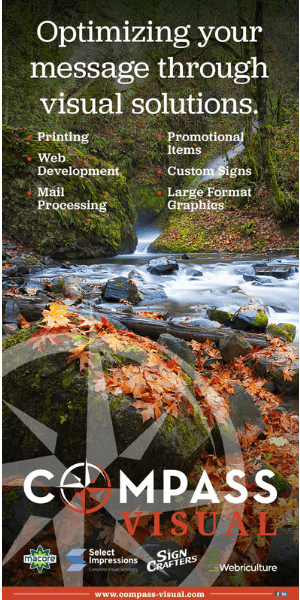The Four Pillars of Sales Tech – Pillar Two (Part 2)

This is part II of Pillar 2 in a series of articles that pose the question: What is the intersection between optimal sales leadership… and the optimal use of today’s technology?
Work with the sales team on this. When methodologies fail, it’s often because the leaders have gotten together and simply dictated what’s going to happen in terms of methodology and the technology that supports it, without consulting the people on the front lines. You want their feedback about the access, the resources, and the applications they will need to implement your sales process.
Review your sales process with team members and ask for their insights on the specific technologies that will best support the team and its process. Look at what comes before then in your sales process, and start asking questions. For instance: Could a predictive dialing system help your team members reach more easily and quickly – and earn higher commissions? Could a “conversational intelligence” system, driven by today’s astonishing AI technology, give you and your team the most up-to-date information on the questions, topics and phrases that correlate with successful outcomes on sales calls? Generate as many ideas as possible… and lean into the best ones.
Ask yourself: Does the technology that a given team is expected to use regularly offer easy access to all the resources that are appropriate to the role? If your top-tier enterprise salespeople have the exact same resources available to them as the members of the customer support team, there are going to be mismatches and inefficiencies. To avoid problems like that, customize the resources to the specific role. For instance, if your team has developed a 30-second commercial that has been proven to deliver good prospecting discussions with a specific kind of decision maker in a specific vertical, the leader’s job is pretty simple: Make sure it is easy for everyone reaching out to the same decision maker in that same vertical to pull the text of that talk track from within their CRM when they’re prospecting. Do that for all the resources they will need at all the different stages of the sales cycle.
Make the tech that supports your methodology as close to seamless as possible. The fewer times someone needs to leave an application, and then return to pick up where they left off, the better. Ask yourself: is the methodology built into the flow of work, so the salesperson has it at their fingertips… or is it living in multiple locations and hard to access? Does the technology have your methodology embedded in it once the salesperson starts to use it?
Perhaps most important of all, be sure that your methodology and the tech you use to share it creates and reinforces a common sales language. Your sales methodology needs to unite all the members of the sales team under the same basic vocabulary, especially when it comes to the designations that identify particular pipeline categories. Once there’s a common sales language that all the team members are using, you can coach people and teams to more effectively implement the sales process. You can work together to identify what’s working that you should repeat – and what’s not working that you don’t want to repeat.





